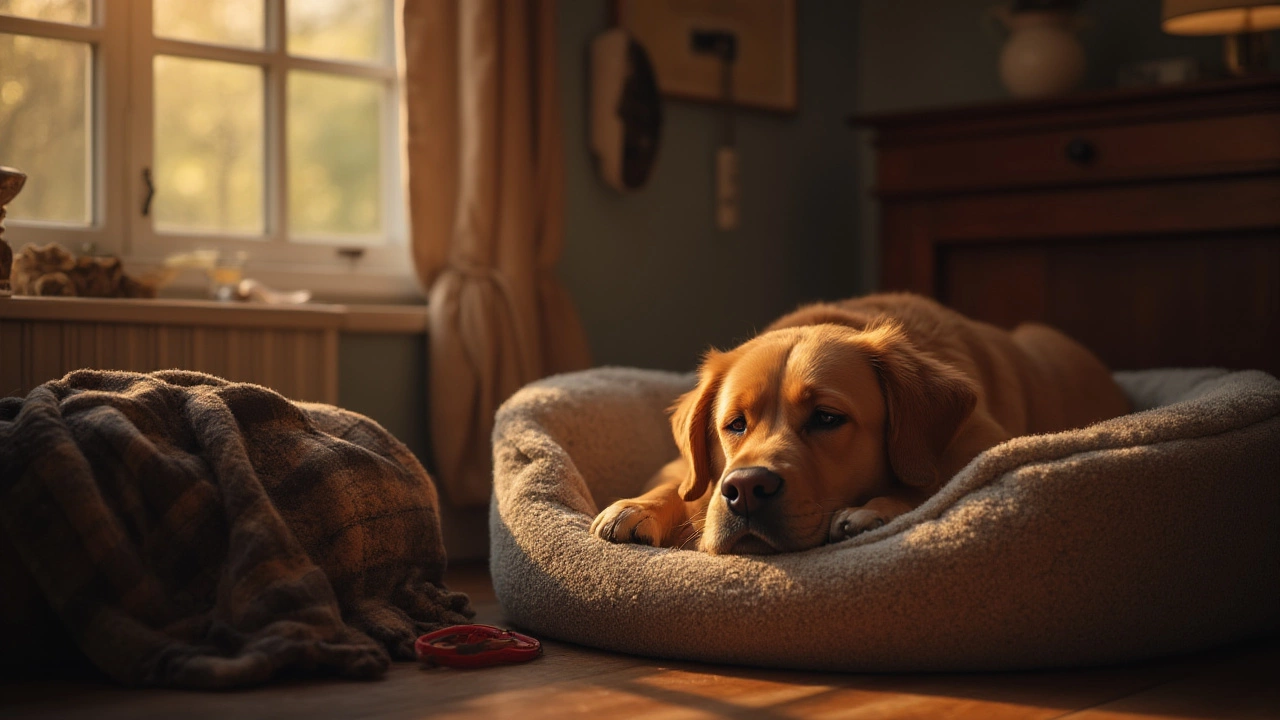Dog Comfort Tips: Easy Ways to Keep Your Dog Calm and Happy
If your dog seems restless, anxious, or just a little fidgety, a few simple changes can make a huge difference. Comfort isn’t about fancy gadgets; it’s about creating a safe, predictable environment that lets your pup unwind. Below are quick, everyday actions that any dog owner can try right now.
Create a Cozy Spot
First thing’s first—give your dog a dedicated place to rest. A soft bed in a quiet corner helps signal that it’s time to relax. Choose a bed that fits your dog’s size; a too‑large mat can feel insecure, while a cramped space can cause joint strain. Add a familiar scent, like a worn‑in t‑shirt, to make the spot smell like you. This tiny scent cue can calm nerves even when you’re not home.
Location matters, too. Avoid high‑traffic zones or places near loud appliances. A corner of the living room with a low‑traffic view works well, or a cushioned crate if your dog likes the den feeling. Keep the area tidy—no stray toys or clutter that could trigger restlessness.
Daily Routines that Reduce Stress
Dogs thrive on routine. Feeding, walks, play, and bedtime at the same times each day help their internal clock stay steady. When you’re consistent, your pup knows what to expect and feels more secure. If you need to change a schedule, do it gradually—add five minutes each day rather than a sudden shift.
Exercise is a natural stress‑buster. A brisk 20‑minute walk or a quick game of fetch releases pent‑up energy, making it easier for your dog to settle later. Even indoor play with a tug rope or puzzle toy works if the weather’s bad. The key is to end the activity with a calm command like “settle” and reward a relaxed posture.
After exercise, introduce a short massage or gentle brushing session. Light strokes along the neck and back stimulate the release of endorphins, much like a human massage. Keep the pressure gentle; most dogs prefer a slow, soothing motion rather than a firm rub.
Finally, consider a short “quiet time” before bed. Dim the lights, turn off the TV, and speak in a calm voice. A few minutes of petting while you read or sip tea signals bedtime. Over time, your dog will associate the quiet routine with sleep, reducing nighttime barking or pacing.
These comfort tips don’t require expensive products—just a bit of consistency and attention to your dog’s cues. Try one change at a time, watch how your pup responds, and build a routine that fits both of your lives. A calmer, happier dog means a more relaxed home for everyone.

Should You Remove Your Dog's Collar at Night? Pros, Cons & Tips
Thinking of removing your dog's collar at night? Get honest advice, real-world tips, and surprising facts about collar safety and comfort while your pup sleeps.
View more